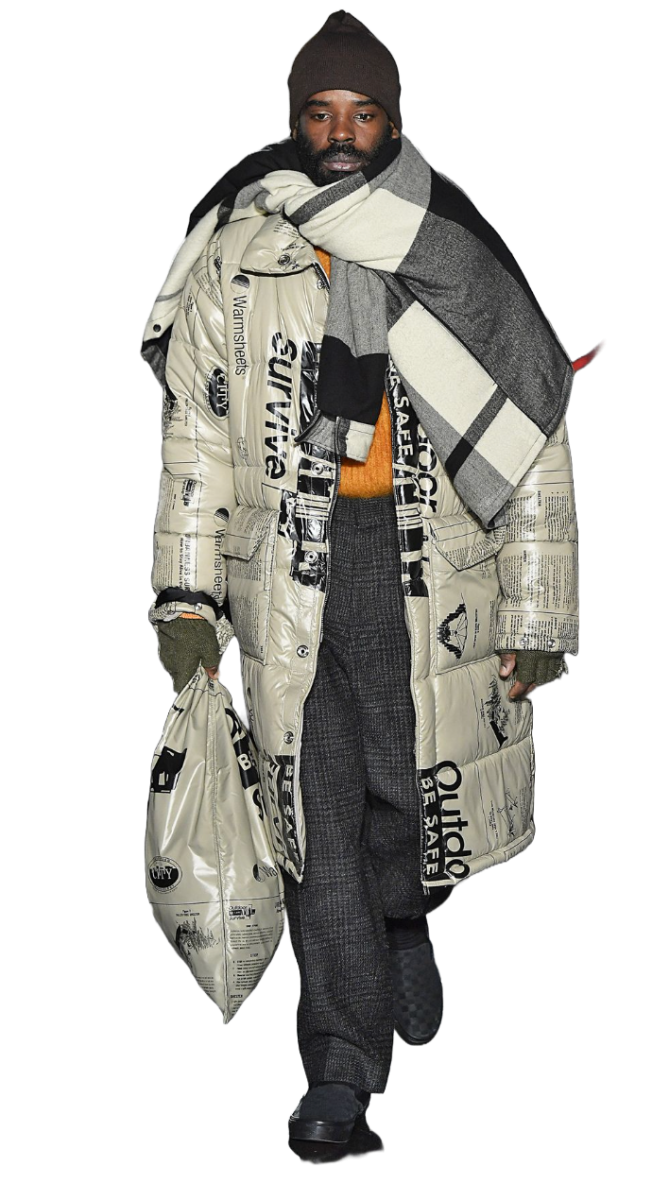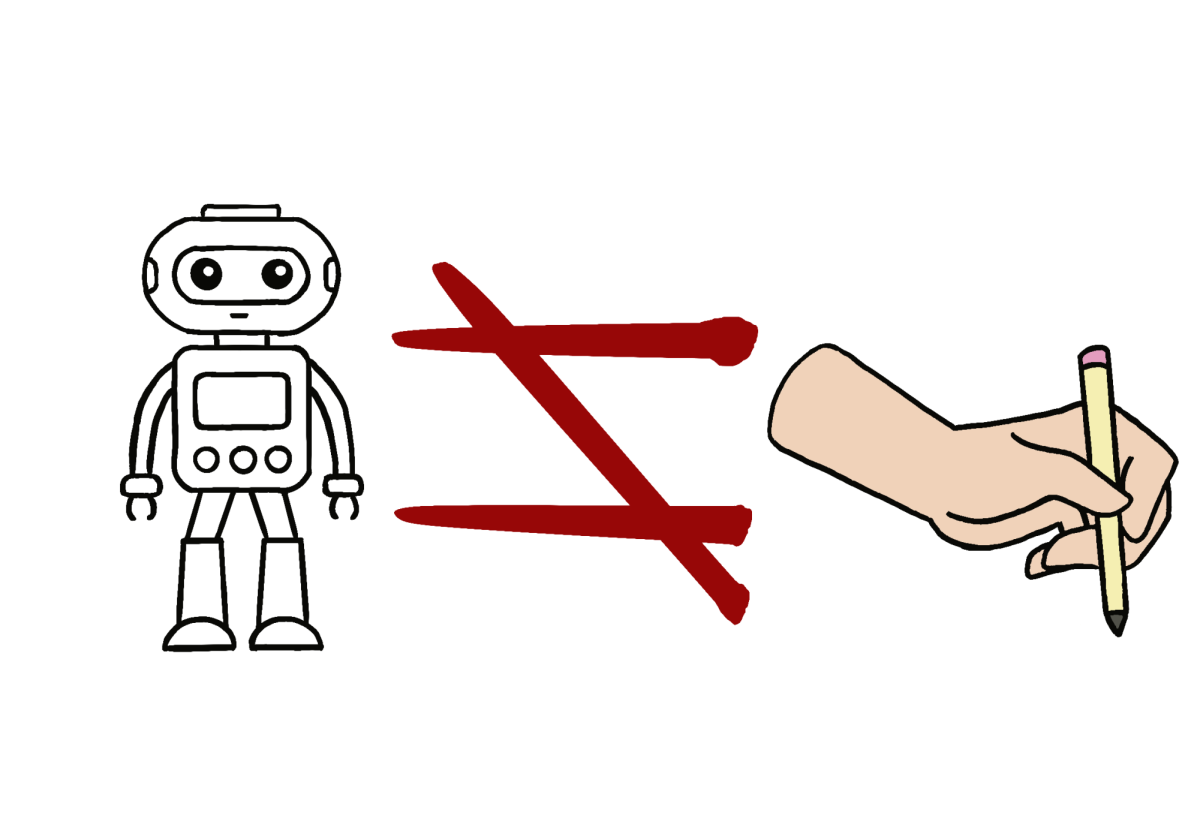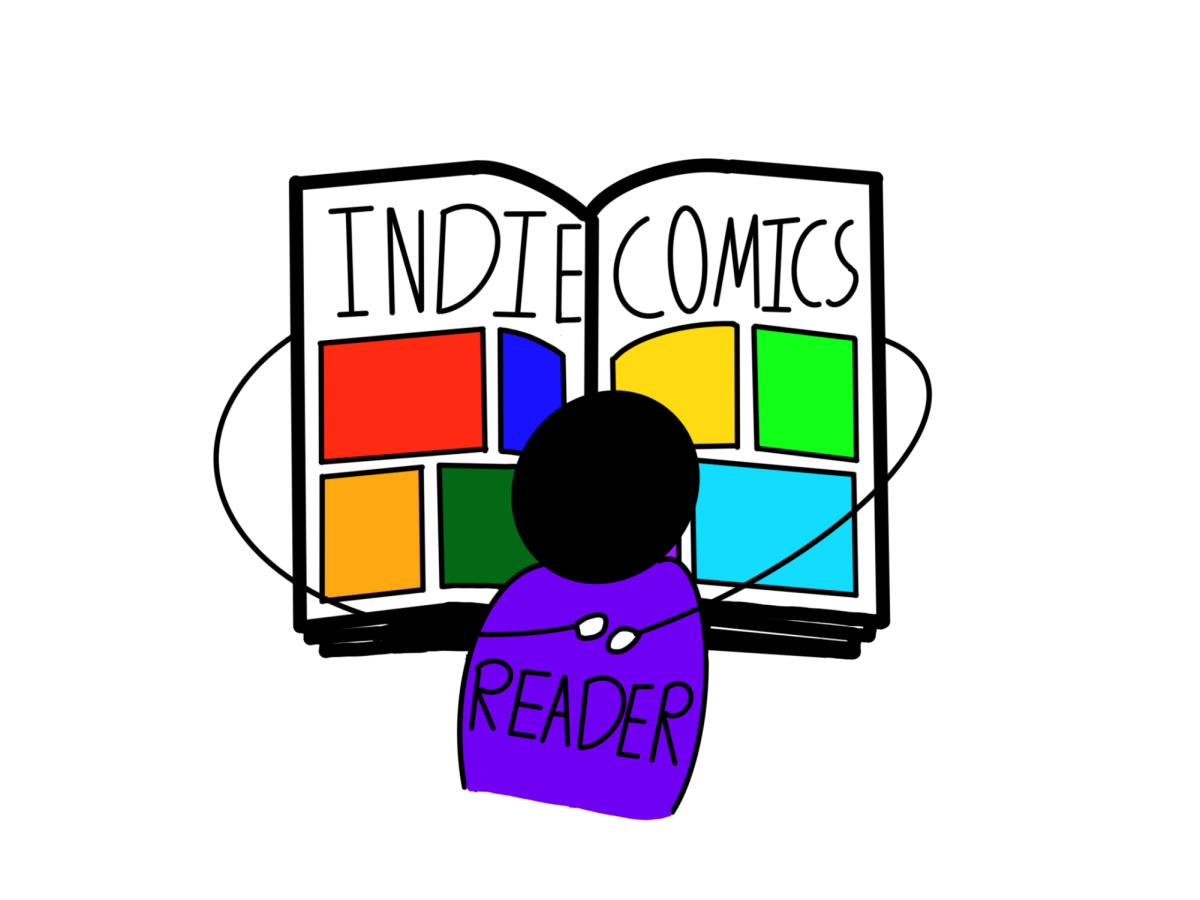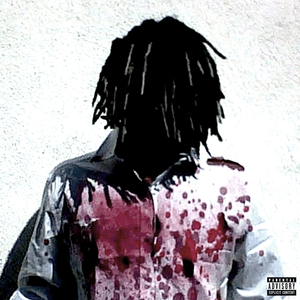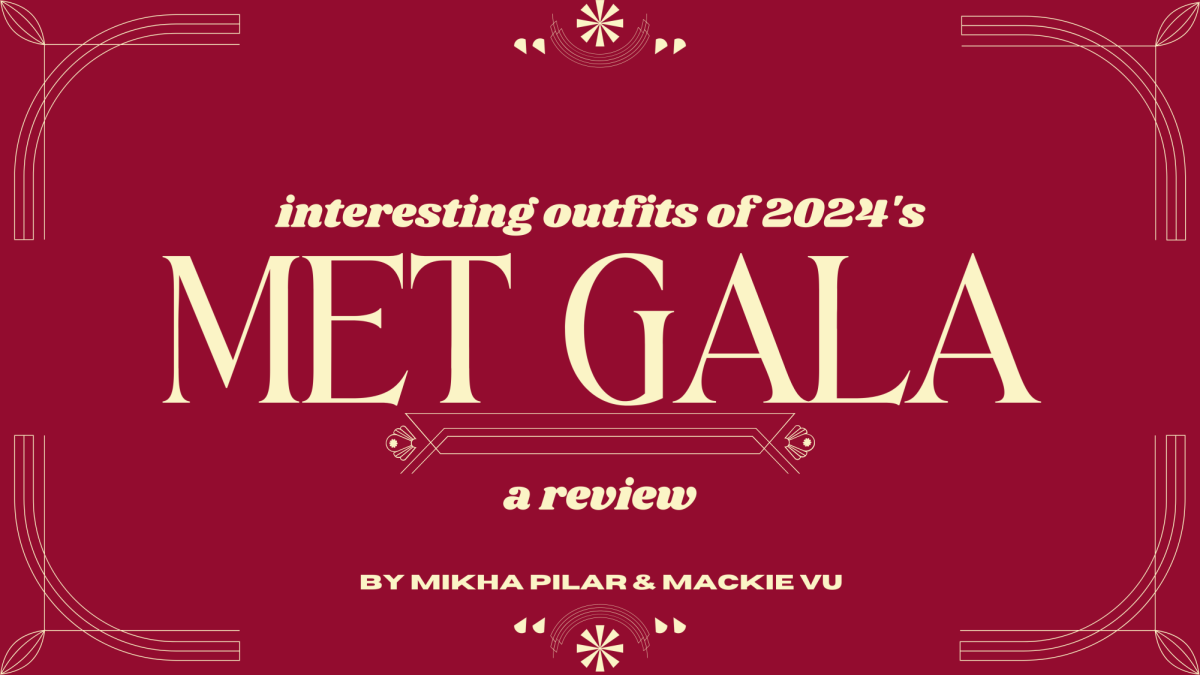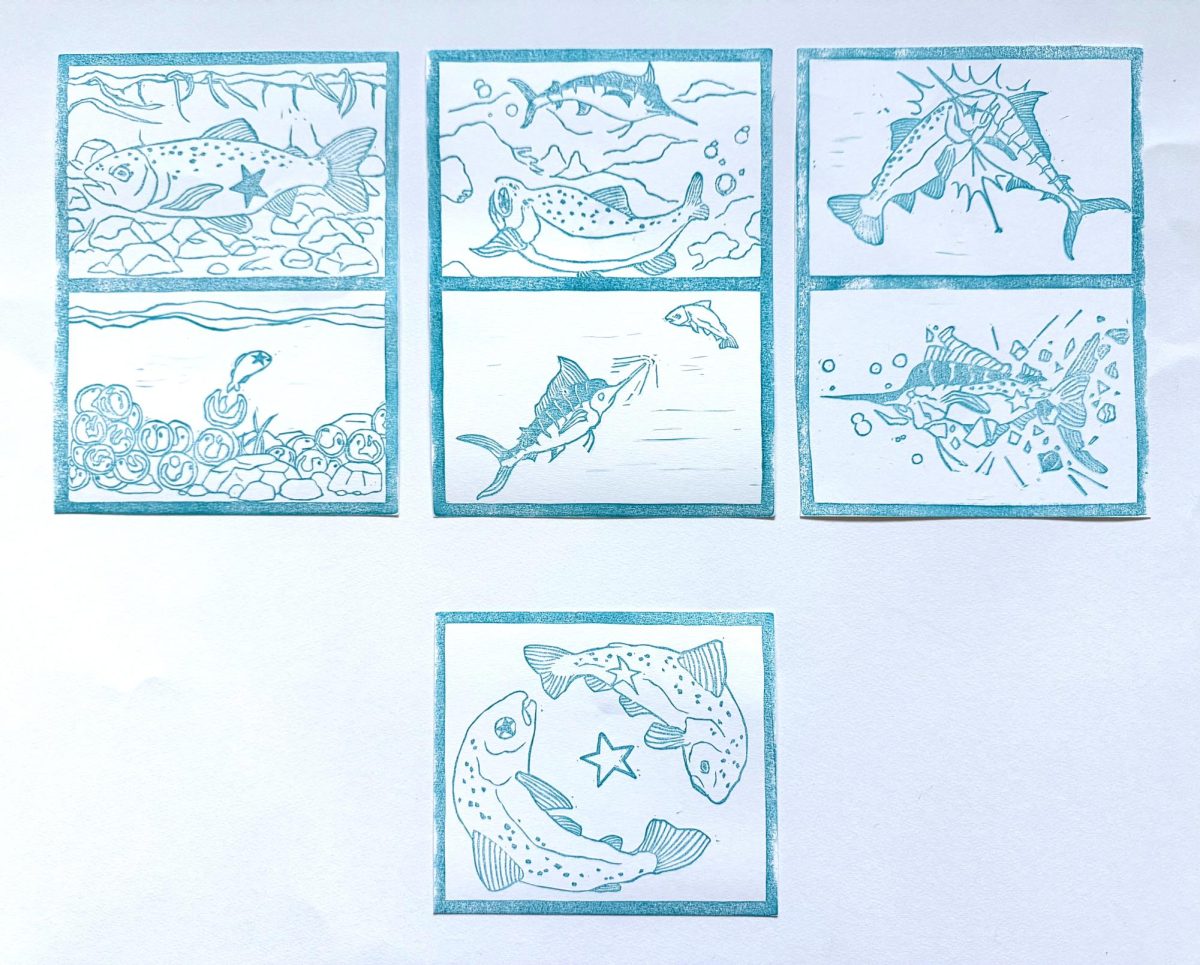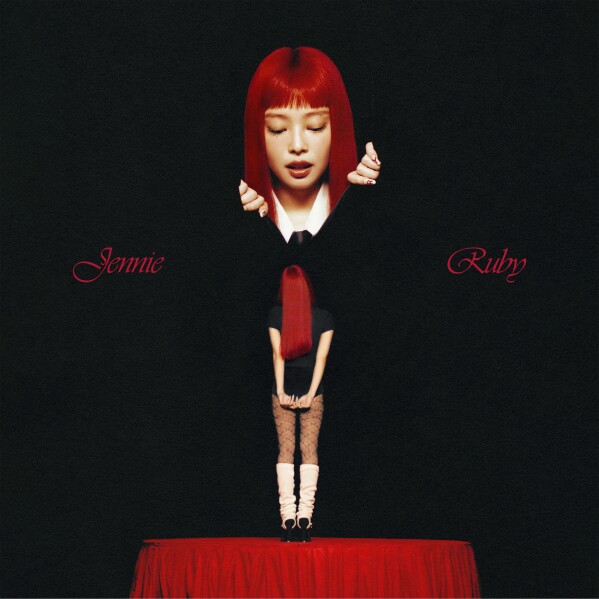Like many people my age, I grew up watching Studio Ghibli films. Their fantastical settings, enhanced with enchanting visuals remain a staple in many lives including mine for their comfort and nostalgia. Movies like “Howl’s Moving Castle” and “My Neighbor Totoro” bring comfort and joy to viewers young and old alike.
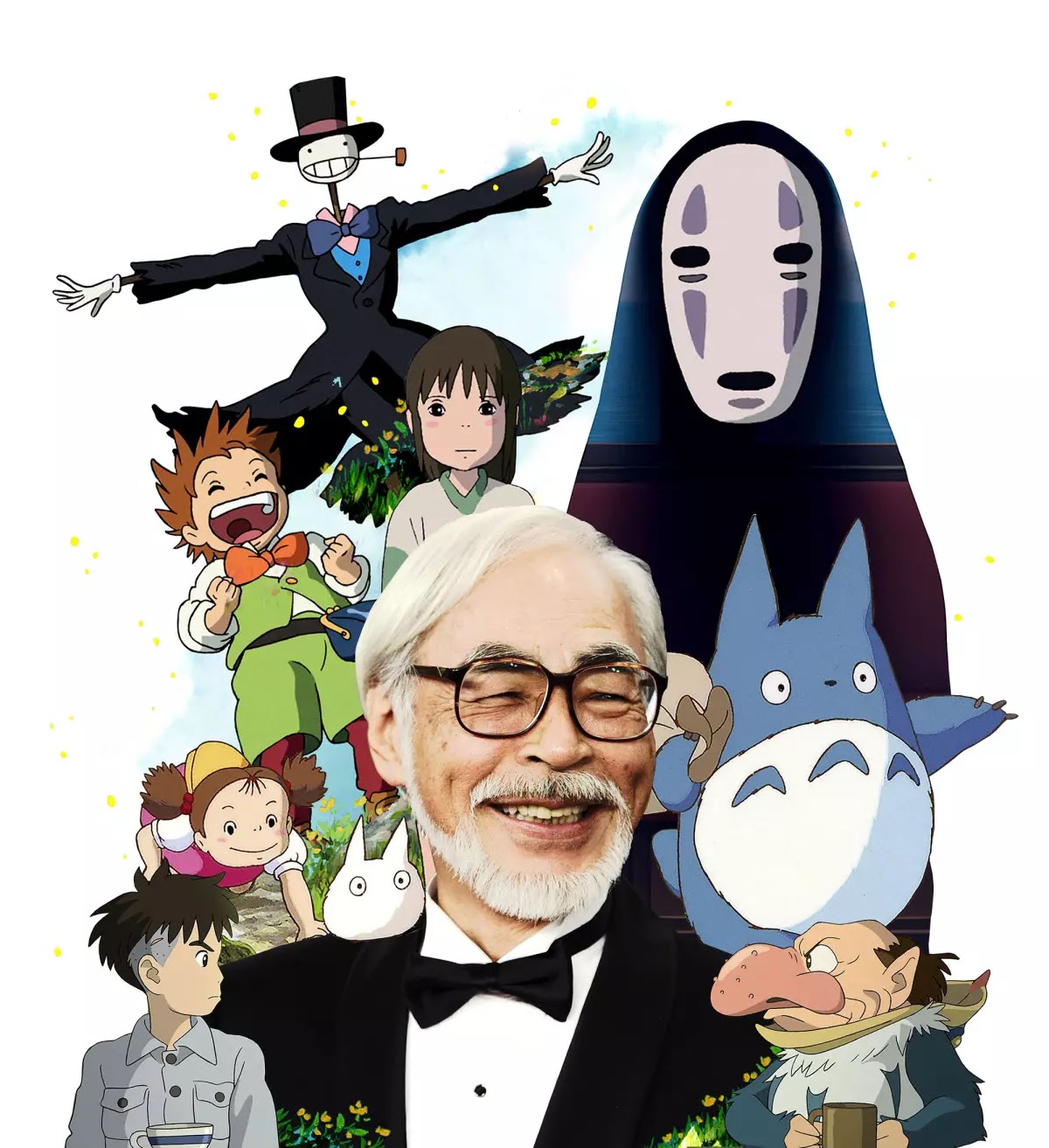
It came as a surprise to me when “The Boy and The Heron” was first released in Japan last year. There were no trailers or previews for the Japanese release, but its international release granted people like me a sneak peek into the film.
The movie was finally released in North American theaters on Dec. 8, according to The Verge. As a big fan of Hayao Miyazaki, one of the founders of Studio Ghibli, I was immediately interested in watching the film in theaters, as it has been a decade since Miyazaki’s last work, “The Wind Rises.” I was excited to see if this film could bring back the feelings of watching Studio Ghibli as a child.
I originally expected this film to go along the common Studio Ghibli themes of hope and love. To my surprise, the film highlights heavy topics such as death and grief but balances them with bright and playful visuals.
The film focuses on a little boy named Mahito, whose desperation and attempt to bring back his mother struck a chord in me. While I am not actively grieving a person, I do often find myself yearning for what my life once was. Mahito’s willingness to go through anything to return to the past reminds me of myself struggling with change.
Even though Mahito presents himself as stoic and monotone, we see glimpses of his longing for his mother. This is noticeable when Himi, a younger version of Mahito’s mother, feeds him a plate of her signature toast. His eyes sparkle as soon as he takes a bite, recognizing the taste of his mother’s cooking. After grieving for so long, this heartfelt moment provided him a gasp of air after drowning in his sea of thoughts. I recognized the scene as a representation of hope, and how the smallest things can keep me going.
“The Boy and The Heron” is an incredibly intimate piece by Miyazaki, highlighting many aspects of his personal life incorporated into the theme and setting of the film. For example, he utilizes his earliest memories of bombed-out cities from WW2 in the movie, according to CBC News.
Miyazaki has mentioned retirement several times, yet he always backtracks and returns to Studio Ghibli. With “The Boy and The Heron,” it seems the beloved director is starting a new era for his studio by delving into more complex themes with endless sides.
The film presents life as a complicated concept, allowing us viewers to draw their own conclusions about the movie. Although I found the film a bit chaotic and messy from my first watch, I found myself uncovering the different morals and stories embedded within as I thought more and more about it. Even though life may have many challenges and horrors, its beautiful chaos and grand complexity are worthy of appreciation.
After watching this film, I understood that morals and purposes of life are different for everyone: it is up to an individual to pave their path. The original title of the film ignites a provoking self-reflection for every viewer through the question, “How Do You Live?”



